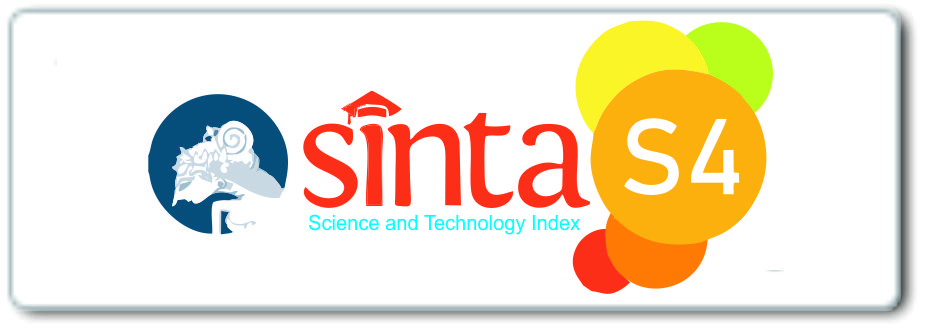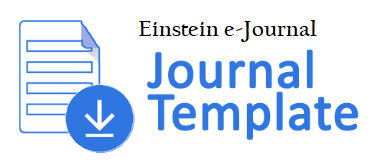THE EFFECT OF TEMPERATURE ON THE CALORIFIC VALUE OF BRIQUETTES FROM COFFEE GROUNDS WASTE AS AN ALTERNATIVE FUEL
DOI:
https://doi.org/10.24114/ein.v12i3.49010Keywords:
Kata kunci, Ampas Kopi, Briket Arang, DSC, Nilai KalorAbstract
The making of coffee grounds briquettes was carried out at the Rena briquette house which was followed several tests then are done with the objectives of (i) to determining out the compressive strength and calorific value with the DSC (Differential Scanning Calorimetry) test. (ii) To find out if there are differences in the characteristics of the briquettes due to the influence of combustion temperature. (iii) To determine whether there are differences in briquette morphology due to the effect of temperature analyzed by SEM test. Briquette research made from coffee grounds waste with briquette combustion temperature using a furnace of 150˚C and 250˚C, tapioca adhesive at 10% for both different temperature variations. Molding using a hydraulic press with a pressure of 1900 psi. Drying temperature of coffee grounds and briquettes using sunlight. The heating value at 150˚C was highest at the third peak point at 154.52 cal/g, and lowest at the second point at 3.86 cal/g. At 250˚C, the highest was 12.86 cal/g at the second peak, and the lowest was 8.39 cal/g at the first peak. The compressive strength at 150˚C was 1.98 - 3.44 kg/cm2, while at 250˚C it was 0.89 - 3.19 kg/cm2. SEM analysis of the morphological structure of the briquettes at 150˚C showed carbon particles that were closer than other carbon particle structures with small pores. The distance between the particles is tenuous with other particles not yet perfectly bonded so that there is a void of space. Whereas at 250˚C seen from SEM analysis the morphological structure has a smooth surface and shows the distance between some carbon particles that are connected to tenuous carbon particles may be caused by cracks so that they are not bound together.Downloads
Published
How to Cite
Issue
Section
License
Copyright (c) 2024 EINSTEIN (e-Journal)

This work is licensed under a Creative Commons Attribution-NonCommercial 4.0 International License.
Authors who publish with this journal agree to the following terms:
- Authors retain copyright and grant the journal right of first publication with the work simultaneously licensed under a Creative Commons Attribution-Non Commercial 4.0 License (CC BY-NC) that allows others to share the work with an acknowledgement of the work's authorship and initial publication in this journal for non commercial purposes.
- Authors are able to enter into separate, additional contractual arrangements for the non-exclusive distribution of the journal's published version of the work (e.g., post it to an institutional repository or publish it in a book), with an acknowledgement of its initial publication in this journal.




